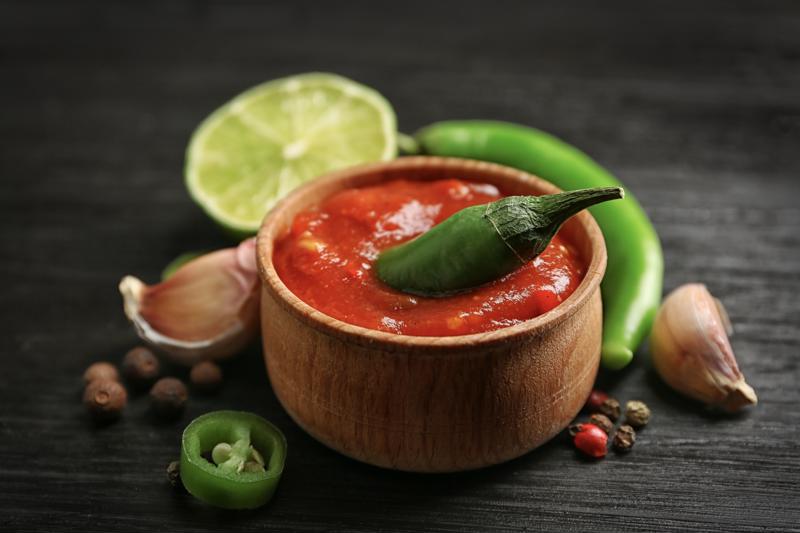If you’re a culinary student in Austin, you’ve probably figured out that the city loves its hot sauce. For the past 29 years, Texas’ capital has played host to the world’s largest hot sauce festival, and 2019 was no exception (winners can be found here). One of the reasons Austin – and Texans in general – have embraced hot sauce is that the Lone Star State is one of just a handful that can say it has an indigenous chili pepper. It’s called the chiltepin, and it has a kick. In fact, it’s about 23 times spicier than your typical jalapeno.
Then there’s the simple fact that everyone everywhere loves hot sauce. According to Fortune Business Insights, the hot sauce market is heating up fast. By 2026, the condiment will be a nearly $4 billion industry.
Either way, Austin hearts hot sauce. Whether you’re just studying at the Austin culinary school campus or you plan to stick around, you’re going to need to know a thing or two about hot sauce to make it in this town.
Measuring hotness
First, a bit of background on hot sauce. This sauce – or condiment – can be made using various types of peppers. Most commonly, hot sauce is made from chili peppers. Different types of chili peppers have different levels of spiciness. That level of spiciness is measured in Scoville heat units. For instance, the spiciest pepper on record is the Carolina Reaper, which has an average SHU of 1,641,000 and a peak SHU of 2.2 million, according to pepper retailer PepperHead.
What exactly does that mean? Technically, SHU is just a measure of how much capsaicin is in a pepper. This chemical is what gives chilies their characteristic burn. It has also been shown to trigger an endorphin release in the brain, which is why some people experience a slight buzz or a high after eating something super spicy. When someone says they’re addicted to hot sauce, there may be some real science behind that claim.
 You can make your own hot sauces and serve them as dips or other condiments.
You can make your own hot sauces and serve them as dips or other condiments.Easing into hot sauce-inspired recipes
Resist the temptation to use hot sauce as a savior for otherwise sub-par food. The purpose of hot sauce is to make something great, amazing. There’s an art to using it, just like any other potent ingredient, and it requires a bit of trial and error.
For starters, there are many different types of hot sauce. The most popular in America is the cayenne-based, Louisiana-style hot sauce, such as Frank’s Red Hot (the original buffalo wing sauce) or Louisiana Hot Sauce. It’s the thin, salty, vinegar-rich sauce you might drizzle on your scrambled eggs, and its acidity is great for cutting through fats.
Then there’s sriracha, which adds garlic and sugar to the equation, making it a solid pairing with slightly sweet chicken dishes and shrimp. It also has a trademark tang that goes well with creamy ingredients, which is one of the reasons you’ll find sriracha mayo on so many menus these days. Harissa, a paste made from dried chili peppers and seasoned with herbs, is the go-to choice for North African dishes, and is a must for a solid shakshuka. Korean dishes favor Gochujang, a thick paste that is at once sweet and spicy, and pairs wonderfully with grilled pork ribs, a skirt steak, kimchi udon and steak-and-egg bibimbap, according to Bon Appetit.
Of course, these are just a few of many, many types of hot sauce. It won’t always be clear cut as to which works best, and it may take a bit of your flavor instincts and some tenacious trial and error to get your flavor combinations just right. But as culinary students learning at the Austin campus already know, that’s what a culinary education is all about: fine-tuning your instincts, trying new things and pushing the limits of your creativity.
From making exciting new condiments, tangy marinade, as a spicy finishing touch or as the main event, cooking with hot sauce is just one of many skills you’ll master in culinary school.


